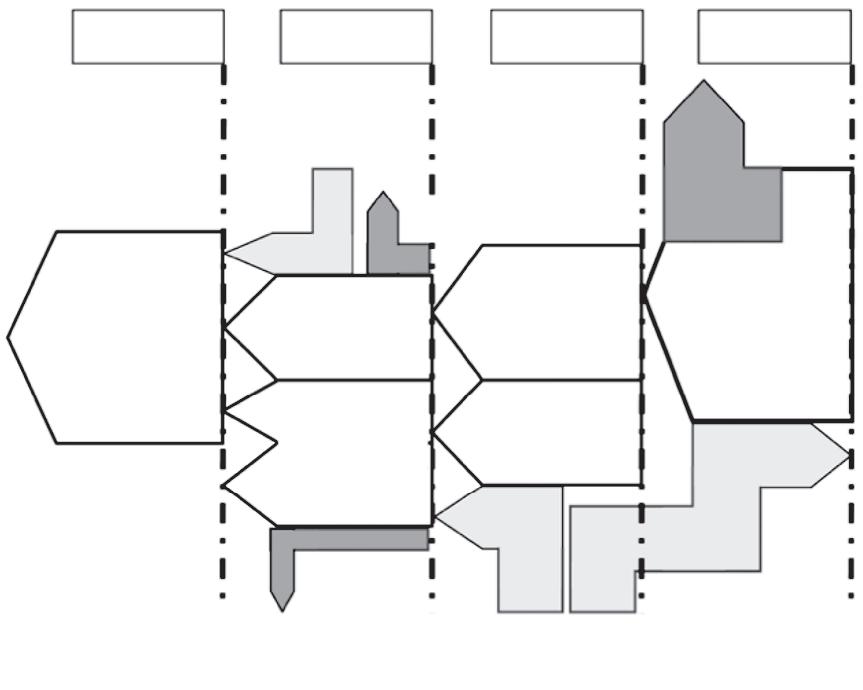8 Making it happen (policies, legislation and financing) 8.1 Overview of key challenges As discussed in the previous chapters, decarbonisation of the EU building sector to meet the objective of zero GHG emissions by 2050 will depend not only on renovating existing buildings, but also on the decarbonisation of energy supplies, and on minimising the fossil-based energy consumption of all new buildings. All three of these actions are costly and are unlikely to be implemented quickly without changes to the relevant market and regulatory frameworks. The performance of new buildings is the easiest of these three actions for policy-makers to address because the EPBD and national regulations already include energy performance requirements for all new buildings. In contrast, to improve the performance of existing buildings is a much bigger challenge because it will require policy-makers to revise, update and strengthen the current policy and regulatory framework, so that it will deliver two to three times current renovation rates with a focus on deep energy-related renovations that are designed to minimise both the energy needed to operate existing buildings and the creation of newly embodied GHG emissions caused by their renovation. Last but not least, to decarbonise energy supplies, the updated policy and regulatory framework must phase out the use of fossil fuels, and replace them with adequate supplies of sustainable energies. 8.2 Investment policy priorities: building renovations or sustainable energy supplies? Policy-makers who are working on decarbonising the building sector can be expected to ask whether priority for public funding should be given to promoting investments in building renovations (Renovation Wave) or investments in decarbonising the energy supplies to buildings (Generation Wave) because both will lead to GHG emission reductions. Unfortunately, there is no simple answer to this question. Investment costs of building renovations vary substantially with location and depth, as discussed in chapter 7, and the amounts of public funding (subsidies) needed to trigger renovation investments also vary. In addition, most energy-related building renovations bring additional valuable benefits, notably through improvements to the indoor environment, which may motivate positive investment decisions by building owners and therefore reduce the need for public funding. Investment costs of renewable electricity generation and district heating systems are also location dependent, but the costs of renewable electricity generation are
44 | June 2021 | Decarbonisation of buildings
continuing to fall. Investment decisions in them are typically taken by project developers on the basis of business plans, and their need for public funding is also falling. In contrast, neither the costs of reinforcing the EU’s electricity grid infrastructure nor the costs of building or extending district heating systems are falling, and these often include a substantial but unpredictable administrative cost for securing planning and construction authorisations, so these sectors are likely to continue to need public funding. Investments in building renovations can help to reduce the need for investments in renewable electricity and heat generation capacity because they reduce both peak and average energy demands from the building sector. For example, electricity and heat storage installed during building renovations can be used not only to reduce peak energy demands from buildings but also to balance energy demands with variable renewable energy supplies. However, reductions in the need for renewable electricity generation capacity caused by future building renovations may be smaller than expected because the building sector will share an integrated EU energy system with the industry and transport sectors, which may dominate peak energy demands at certain times of the day and year. The speed with which decarbonisation investments can be implemented is also important for policy-making and can vary with the local context. Buildings can typically be renovated within a few months and many can be renovated in parallel, but it will nevertheless take decades to renovate the entire EU building stock of approximately 250 million buildings. Similarly, the speed at which new renewable energy generators can be brought online will vary not only with the time taken to build them but also with the time taken to secure authorisations for their construction and for reinforcing the transmission and distribution grids. To obtain such authorisations can take several years, so it may be faster in some parts of the EU to decarbonise energy supplies, whereas in others it may be faster to implement building renovations. In summary, there is no ‘one size fits all’ optimal solution for prioritising public investment resources between building renovations and decarbonising energy supplies at EU or national levels. This is not only because of cost variations and location-dependent authorisations, but also because of future interactions between the building, industry and transport sectors in an integrated EU energy system. 8.3 EU legislation to promote building renovation In line with its Clean Planet for All strategy (2018), the European Commission launched its European
EASAC




